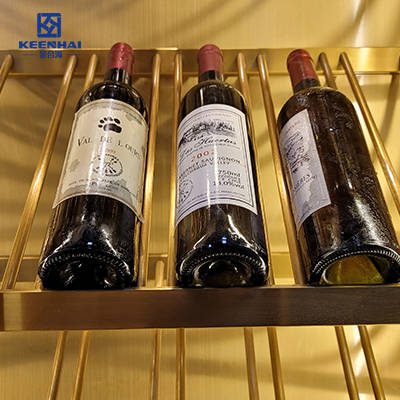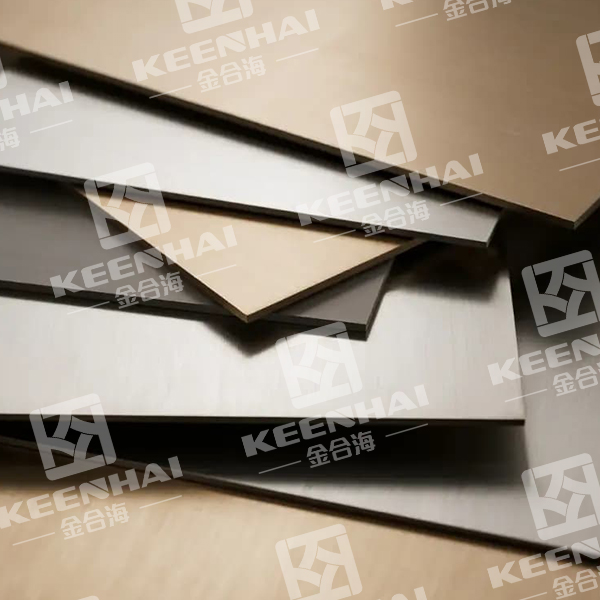The four main types of stainless steel—austenitic, ferritic, martensitic, and duplex—differ primarily in composition, microstructure, and performance. Austenitic stainless steel, such as 304 and 316 grades, contains high nickel and chromium, providing excellent corrosion resistance and ductility. Ferritic steels are low-nickel, strong, and resist stress corrosion. Martensitic stainless steel emphasizes hardness and strength with higher carbon content, commonly used in knives and surgical instruments. Duplex stainless steel combines austenitic and ferritic phases, offering superior strength and excellent corrosion resistance, making it ideal for marine, chemical, and high-stress industrial applications.
1. Austenitic Stainless Steel
1.1 Key Alloying Elements and Microstructure
Austenitic stainless steel, the most widely used type of stainless steel, achieves its remarkable corrosion resistance and ductility through a blend of chromium (16-26%), nickel (6-22%), and trace amounts of carbon (less than 0.08%). This composition forms a face-centered cubic (FCC) crystal structure, which keeps the steel non-magnetic and extremely malleable across a wide temperature range. The FCC arrangement allows sheets, panels, and complex shapes to bend or stretch without cracking, which is why it appears in high-end stainless steel products.
Chromium contributes to a self-healing oxide layer that prevents surface rust, while nickel stabilizes the austenitic phase. Minor additions of molybdenum or nitrogen enhance resistance to localized corrosion, particularly in harsh chemical or marine environments. Engineers often select these alloys when designing durable components like elevator doors or stainless steel sheets for kitchens and laboratories.
1.2 Corrosion Resistance and Applications
The corrosion resistance of austenitic stainless steel makes it a top choice in wet or chemically active environments. The protective chromium oxide layer reforms instantly when damaged, providing continuous protection. In chloride-rich conditions, such as coastal zones, occasional pitting may occur, but grades like 316 significantly reduce this risk due to added molybdenum.
Common uses include:
-
Commercial kitchenware – sinks, countertops, and cookware resist food acids and frequent cleaning.
-
Food processing machinery – parts endure daily washing and chemical disinfectants.
-
Medical tools – surgical instruments benefit from sterilization resistance and non-magnetic properties.
-
Architectural fittings – railings and panels stay visually appealing while enduring weather exposure.
These applications demonstrate why austenitic stainless steel remains the most versatile and widely deployed alloy type in modern industry. Austenitic steel balances strength, flexibility, and corrosion protection better than ferritic or martensitic types for everyday use.
1.3 Examples: 304 and 316 Grades
Among austenitic stainless steels, 304 and 316 are the most common grades.
| Grade | Chromium (%) | Nickel (%) | Molybdenum (%) | Corrosion Resistance | Typical Applications |
|---|---|---|---|---|---|
| 304 | 18-20 | 8-10 | 0 | High, general-purpose | Kitchen sinks, cookware, stainless steel products |
| 316 | 16-18 | 10-14 | 2-3 | Superior, chloride-rich conditions | Marine components, chemical equipment, medical instruments |
Grade 316 withstands pitting and crevice corrosion better than 304, making it ideal for saltwater or chemical exposure. In contrast, 304 provides excellent value-to-performance, suitable for less aggressive environments.
Understanding the alloy composition and microstructure allows designers to select the right stainless steel sheet or metal plate for durability and long-term performance. Regular cleaning and maintenance extend the service life of austenitic stainless steel products, ensuring they remain both functional and visually polished for decades.
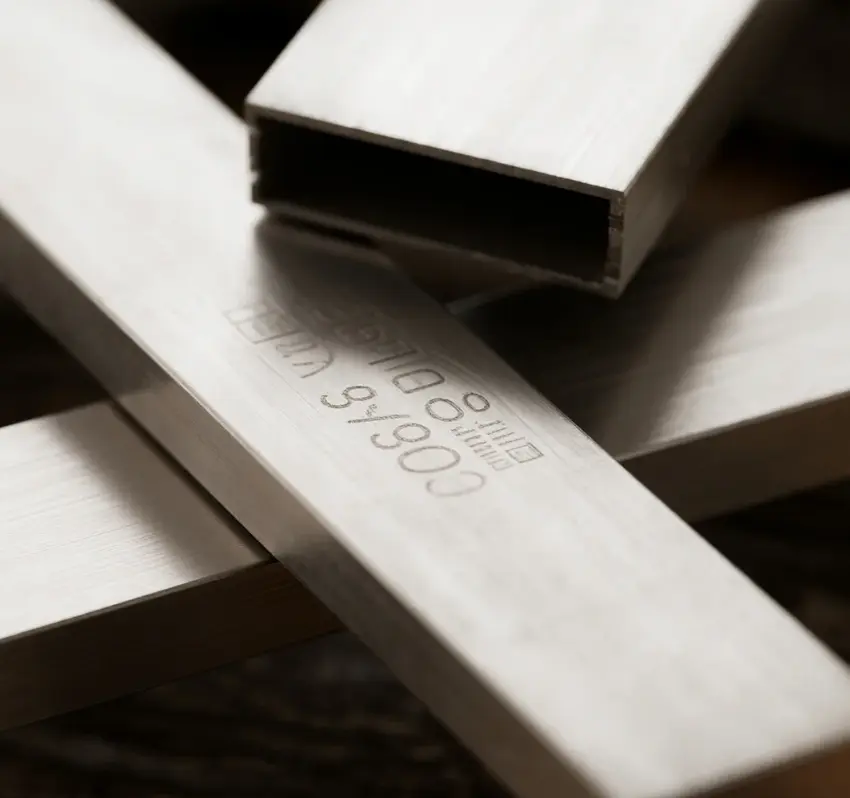
2. Ferritic Stainless Steel
2.1 Key Composition and Microstructure
Ferritic stainless steel belongs to the stainless steel family distinguished by its body-centered cubic (BCC) crystal structure, which makes it magnetic and less ductile than austenitic types. Its primary alloying element is chromium (10-30%), with very low carbon content (typically below 0.08%). Nickel is usually absent or minimal, which reduces material cost while still offering moderate corrosion resistance.
This steel type exhibits a stable microstructure at room temperature, which means it resists distortion during welding and heat treatment. For industrial applications, ferritic stainless steel is often chosen when dimensional stability and magnetic properties matter more than extreme flexibility. Common forms include stainless steel sheets ug metal plates used in automotive trims, kitchen appliances, and architectural panels.
2.2 Corrosion Resistance and Performance
While ferritic stainless steel resists rust and general corrosion due to its chromium content, it does not perform as well in chloride-heavy or marine environments. The lack of nickel reduces its ability to form a self-healing oxide layer as robust as austenitic grades. Small amounts of molybdenum or titanium can improve localized corrosion resistance, but in general, ferritic steel is more prone to stress corrosion cracking if exposed to high temperatures for extended periods.
Practical applications include:
-
Automotive exhaust systems – moderate heat resistance and magnetic properties make ferritic steel ideal.
-
Industrial equipment panels – moderate corrosion resistance in non-aggressive environments.
-
Architectural decorative elements – provides a polished look for indoor structures.
Ferritic types rarely appear in high-salt environments, but they remain popular for budget-conscious stainless steel solutions where mechanical strength and surface stability matter most.
2.3 Examples: 430 and 446 Grades
Two commonly used ferritic grades are 430 and 446, each suited for different exposure conditions.
| Grade | Chromium (%) | Carbon (%) | Molybdenum (%) | Corrosion Resistance | Typical Applications |
|---|---|---|---|---|---|
| 430 | 16-18 | <0.12 | 0 | Moderate | Automotive trims, kitchen appliances, stainless steel products |
| 446 | 23-27 | <0.20 | 1-2 | High in high-temperature oxidizing conditions | Industrial furnaces, heat exchangers, outdoor architectural panels |
Grade 446, with higher chromium and molybdenum, withstands high temperatures and oxidation better than 430, making it suitable for heat-exposed surfaces. Meanwhile, 430 remains a cost-effective choice for general-purpose applications, maintaining durable surface quality while reducing material cost.
Understanding ferritic stainless steel’s composition and corrosion behavior helps manufacturers select materials for specific temperature, magnetic, and exposure conditions. Combining proper maintenance with suitable environments ensures that ferritic components provide long-lasting functionality and aesthetic appeal, whether in industrial setups or household applications.
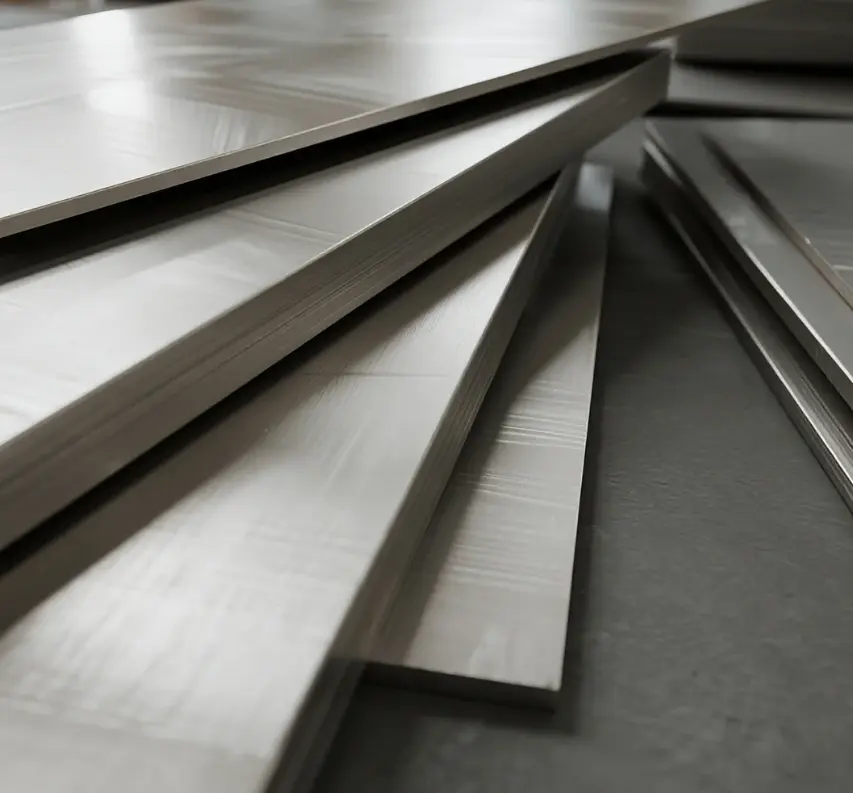
3. Martensitic Stainless Steel
3.1 High Carbon Content and Hardness
Martensitic stainless steel stands out among stainless types due to its high carbon content, typically ranging from 0.1% to 1.2%, which directly influences its hardness and edge retention. The material undergoes heat treatment to achieve a hardened microstructure, allowing it to withstand mechanical wear and maintain sharp edges in knives, surgical instruments, and precision tools. Its composition usually includes chromium between 12% and 18%, providing a basic level of corrosion resistance while emphasizing strength and durability. For applications requiring both sharp cutting edges and moderate corrosion protection, this type is preferred over ferritic steel.
3.2 Strength vs. Corrosion Trade-offs
Martensitic steel’s hardness and tensile strength often come at the cost of reduced corrosion resistance. Unlike austenitic stainless steel, which contains higher nickel and forms a more robust self-healing oxide layer, martensitic grades remain susceptible to rust in moist or chloride-rich environments. Manufacturers often balance this by:
-
Selecting lower carbon content grades for environments with higher humidity.
-
Applying surface treatments like polishing or coating to improve corrosion performance.
-
Designing equipment with proper drainage and ventilation to minimize moisture accumulation.
This steel type is widely used for stainless steel products that prioritize mechanical performance, such as knife blades, turbine components, and certain elevator door fittings.
3.3 Popular Grades in Cutlery and Surgical Instruments
Common martensitic grades include 420, 440C, and 440A, each tailored for different hardness and corrosion needs. These grades achieve Rockwell hardness ratings between 50HRC and 60HRC, providing superior cutting performance and edge retention.
When comparing 304 vs 316 stainless steel for corrosion resistance versus hardness, their nickel and chromium content differences highlight why martensitic grades are often chosen for tools:
| Stainless Steel Type | Nickel (%) | Chromium (%) | Key Advantages | Common Use |
|---|---|---|---|---|
| 304 | 8-10 | 18-20 | High corrosion resistance, moderate hardness | Kitchen appliances, stainless steel sheets |
| 316 | 10-14 | 16-18 | Superior resistance to chlorides, slightly softer | Marine equipment, surgical instruments |
This table shows nickel and chromium variations significantly affect corrosion performance and mechanical properties. Martensitic steel, with minimal nickel, focuses on achieving high hardness and strength, making it ideal for precision cutting tools and surgical instruments, while 304 and 316 emphasize pagbatok sa corrosion over ultimate hardness.
Martensitic stainless steel remains a critical choice in industries where cutting performance, wear resistance, and structural integrity outweigh the need for extreme corrosion protection, combining material science knowledge with practical application requirements.
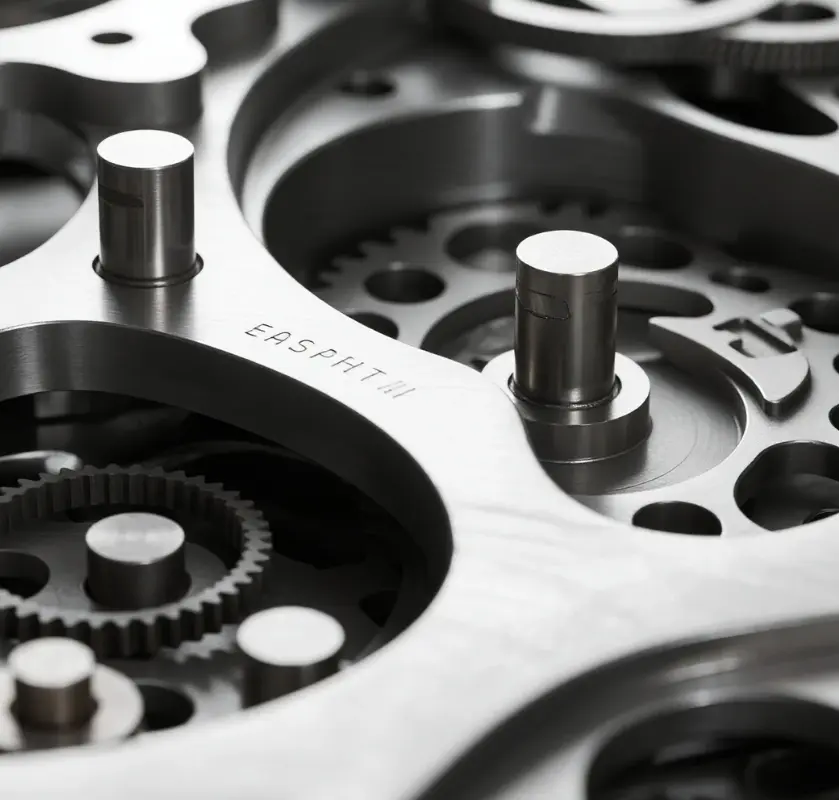
4. Duplex Stainless Steel
4.1 Unique Dual-Phase Microstructure
Duplex stainless steel combines austenitic and ferritic microstructures, typically in a 50/50 ratio, which grants it higher strength than austenitic grades while maintaining excellent corrosion resistance. Its chromium content ranges from 19% to 28%, and nickel is present between 4% and 8%, balancing cost and performance. The dual-phase structure also reduces stress corrosion cracking, making duplex steels particularly effective in chloride-rich or industrial environments. Components manufactured from duplex stainless steel include stainless steel metal plates, pipes, and pressure vessels.
4.2 Corrosion Resistance and Mechanical Benefits
Duplex steels offer two to three times the yield strength of standard austenitic types while sustaining excellent resistance to general corrosion, pitting, and crevice corrosion. This balance allows engineers to:
-
Reduce material thickness for structural applications, saving cost and weight.
-
Utilize duplex steel in marine and chemical environments without extensive protective coatings.
-
Maintain long-term durability even under cyclic loads or aggressive chemical exposure.
The combination of chromium, molybdenum, and nitrogen in duplex alloys enhances both oxidation resistance ug mechanical toughness, outperforming ferritic or austenitic grades alone.
4.3 Common Grades and Applications
Popular duplex grades include 2205 and 2507, each tailored to specific corrosion resistance and strength needs.
| Grade | Chromium (%) | Nickel (%) | Molybdenum (%) | Key Advantages | Typical Applications |
|---|---|---|---|---|---|
| 2205 | 22-23 | 4-6 | 3 | High corrosion resistance, excellent strength | Chemical tanks, heat exchangers, stainless steel products |
| 2507 | 25-26 | 6-8 | 4 | Superior resistance to chlorides and stress corrosion | Offshore platforms, marine pipelines, industrial processing equipment |
Duplex steels, with their dual-phase microstructure, allow designers to optimize material thickness, structural integrity, and lifespan, making them ideal for industrial, marine, and high-stress chemical applications. This versatility, combined with cost-effective nickel content and exceptional pagbatok sa corrosion, ensures that duplex stainless steel remains a high-performance choice for demanding engineering applications.
For more detailed information on PVD coated stainless steel and its applications, visit our comprehensive guide: What is a PVD stainless steel sheet?


